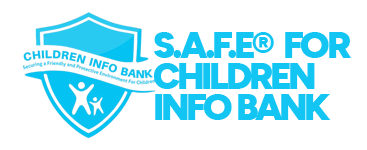Study Reveals Over a Third of Homeschooling Households Also Use Public Schools

The pandemic may have forced many parents into homeschooling unexpectedly, but for a growing number, it became a lasting choice, and not always an all-or-nothing one.
New research from Johns Hopkins University reveals that over one-third of homeschooling families also have a child enrolled in a traditional public school, and nearly 10% mix in charter school enrollment.
This surprising hybrid approach suggests that today’s homeschoolers aren’t uniformly rejecting public education but rather customizing learning to meet the unique needs of each child. “Folks just assumed homeschool families were homeschool families,” said Angela Watson, director of the university’s Homeschool Research Lab. “This data tells a different story.”
Watson’s post-COVID analysis of nearly 3,200 parents also points to a major shift in who homeschools. The population has become more politically and religiously diverse.
In contrast to pre-pandemic trends, when Republican, churchgoing families dominated, less than half now identify as Republican, a quarter consider themselves politically liberal, and about one-third don’t attend religious services.
The motivations for homeschooling are also evolving. Many parents cite unmet special education needs as a primary reason. Education savings accounts (ESAs), which allow state funds to cover private education or homeschool costs, have made alternative learning more accessible.
Angela Faber, for example, pulled her daughter with autism out of a district school near Phoenix after witnessing her academic struggles during remote learning. With ESA funds, her daughter now learns at home with private instruction and therapy tailored to her needs.
Still, Faber admits that balancing personalized education with the social and extracurricular life of a traditional school remains a challenge.
Families like the Ausberns of Texas illustrate how educational preferences can change over time. After years of RV-based learning adventures, their son returned to public school to play basketball and prepare for college.
His transition wasn’t seamless, credits were questioned, and course sequences didn’t align, but the family remains open to both homeschool and public options.
Advocates say this kind of flexibility is the future of education. “It’s not the case anymore that the average student is going to one form of education for their whole K-12 journey,” said Jeremy Newman of the Texas Home School Coalition.
Still, tensions between homeschoolers and state education authorities persist. In Illinois, a proposed bill that would have increased oversight of homeschooling sparked widespread protest and was ultimately withdrawn.
Advocates say the growing racial, political, and cultural diversity of homeschoolers played a role in defeating it.
For parents like Aimeé Fletcher, a Tennessee mother of three, education is a case-by-case decision. Her two sons thrive with a faith-based homeschool curriculum, while her daughter, adopted from Colombia and living with cerebral palsy, depends on the intensive support offered in a public elementary school.
“I needed help and I still do,” Fletcher said. “Her story is different from my boys, and so is her schooling.”
The post-pandemic era is showing that schooling is no longer a binary choice. For many families, it’s a personalized puzzle, one that may shift year to year, and even child to child.





